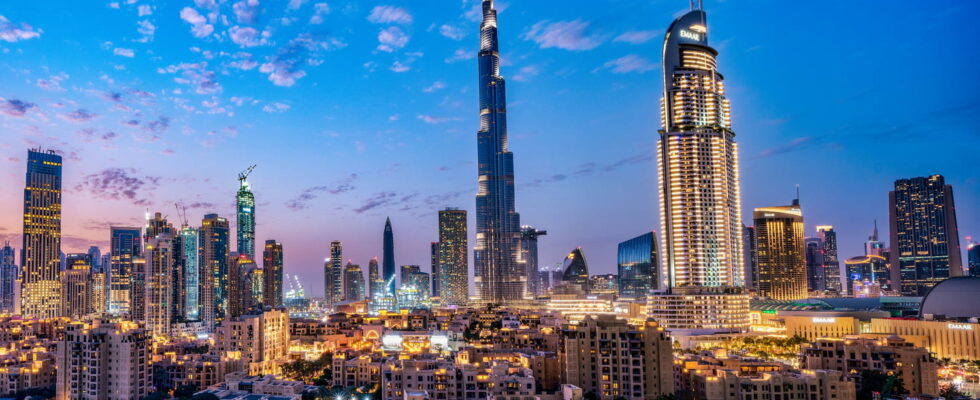Engineers and architects from a renowned firm are considering using skyscrapers as giant batteries to store electricity using gravity. A simple and revolutionary idea.
Imagine a futuristic city where skyscrapers serve not only as homes or offices, but also as gigantic batteries capable of storing energy. It’s not science fiction! Renowned engineers and architects from Skidmore, Owings & Merrill (SOM) – which designed the famous Burj Khalifa in Dubai – in collaboration with Energy Vault, a company specializing in energy storage, are currently working on this idea revolutionary.
The concept is based on an ancient energy storage technique using gravity. SOM plans to build skyscrapers integrating a system called GESS (Gravity Energy Storage System) which works in a simple and ingenious way. When energy is available in excess, it is used to lift a heavy mass to the top of the building. And when energy becomes needed, that weight is released, descending with gravity and driving a generator that produces electricity. To understand this, imagine a very heavy elevator that you go up when you have excess electricity, and that you go down to produce electricity when you need it. This project, called EVu, promises to transform skyscrapers into real urban power plants.
According to SOM and Energy Vault, this technology could store several gigawatt hours of energy, enough to power not only the skyscraper in question, but also neighboring buildings. This would offer an innovative and ecological solution for the cities of tomorrow, reducing their dependence on fossil fuels and improving their energy resilience.
At the same time, another project called EVc is also in development. It is based on the principle of pumped storage, similar to that used in hydroelectric power stations. Here, water is pumped to the top of the skyscraper when there is excess energy, then released to spin turbines and generate electricity on the way back down. It’s like turning a skyscraper into a giant waterfall, where every drop of water that falls produces energy.
Although promising, these projects present considerable challenges. Building towers capable of supporting enormous weights is complex and expensive. Skyscrapers will have to be strong enough to hoist and hold these masses aloft. Additionally, the space required inside the building for these storage systems could limit their use as traditional residential or office buildings.
Despite these challenges, the idea of transforming skyscrapers into giant stacks is appealing. It is part of a broader approach to finding sustainable and innovative solutions for the cities of the future. Using gravity as an energy source is a clean, reliable and renewable technology, which could have a significant impact on the way we consume and store energy. Cities like New York or Shanghai, with their many skyscrapers, could benefit greatly from this technology. By integrating these systems into new constructions, architects and engineers hope to reduce the carbon footprint of large cities and improve their energy autonomy.
